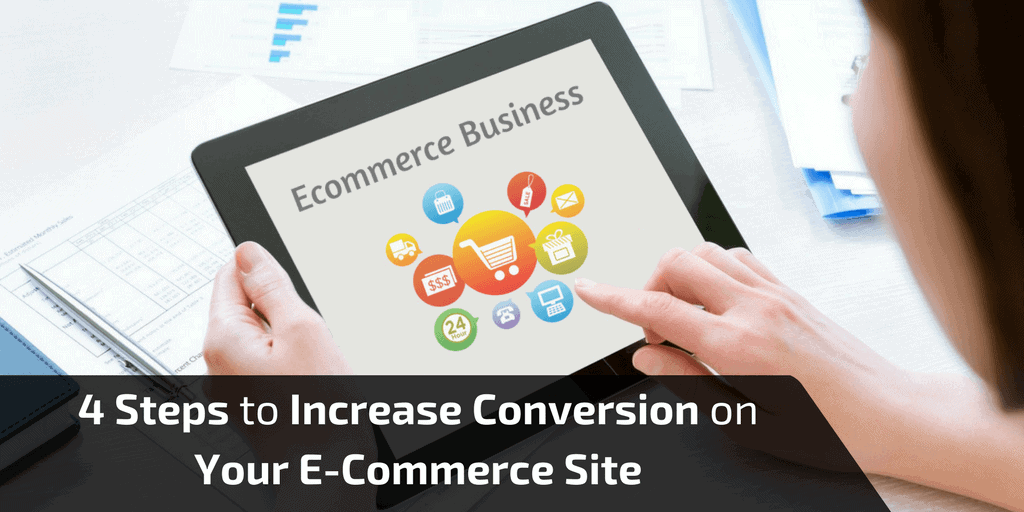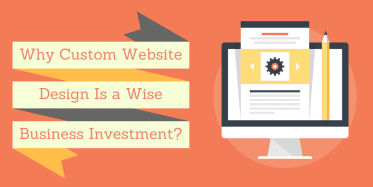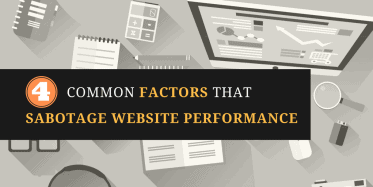4 Steps to Increase Conversion on Your E-Commerce Website
There’s no fixed success formula for marketing an e-commerce website. Customizations are always necessary for shop owners to gain advantages over an ocean of competitors. Yet, basic principles to attract online buyers do exist. Here are the up-to-date practices that we have carefully collected:
1. Have a simple, clean design that focuses on your products.
a. High quality photos
An image is worth a thousand words. For online shoppers, photos are the most tangible presentation of product quality. Without being able to touch or try the items, customers will decide to buy based on the details displayed on screen. Product photos should be high quality and dimensional. In other words, customers can easily zoom into every detail and study the product from different perspectives.
b. Comprehensive product description
This is where you present all information that photos can’t convey. User-friendly product descriptions aren’t limited to detailing confusing technical specifications. Spend extra effort on explaining to customers how each technical detail can enhance their experience. In fact, deep down customers don’t care about the product itself but the solutions you offer to their problems through the product.
c. Clarity of prices and shipping policies
Transparency creates trust. No other practice can drive customers away quicker than hidden costs. Some distracted buyers can fall into your cunning trap once. However, don’t expect them to come back, and be prepared for unfavorable feedback which will negatively affect future sales. According to Big-Commerce, 91% of carts are abandoned for these price- or shipping-related reasons: 44% because of high shipping costs, 25% because the product cost surpassed the expected price, and 22% because the shipping costs were listed too late in the process.
2. Highlight the trust element.
a. Buyer testimonials
Surely no one wants to spend money to be a lab rat. The first satisfied customer is the most difficult to earn. That’s why previous buyers’ testimonials are so important to the buying decisions of those who follow. As a result, featuring product reviews can improve sales by up to 18%, according to Big-Commerce. Positive ranking and reviews from customers are the best marketing amplifier for your business and should be located prominently on your product page.
b. Warranty
Research shows that the length of a product warranty is closely related to consumers’ buying decisions, especially when it comes to electronic products. Receiving a warranty is expected, meaning that a long warranty doesn’t necessarily help differentiate your business from others, but selling without one will cost you a significant number of buyers. So, make sure your guarantees and warranty policies are easy to locate and understand.
c. Trustmark
Another important factor is certification from renowned institutions (if available). Good ratings from recognized institutions are always powerful signals for buying. Studies by McAfee and VeriSign show that online sales can increase by up to 36% when a retail site displays familiar trustmarks. Joining local, national or international commerce forums and business groups such as VeriSign, TRUSTe and the Better Business Bureau can help you earn certifications for your online entity. If you won an Oscar or Emmy for an e-commerce solution, why not display it to attract more customers?
3. Minimize the likelihood of customers abandoning their shopping cart.
A Forrester study found that 89% of consumers had abandoned a shopping cart at least once. So, what exactly stopped customers from paying, and how do you minimize the chances of that happening on your e-commerce site?
Buyers compare prices, and e-commerce makes it even easier for them to switch to another source. If your price can’t be lowered, make sure to emphasize the value added to your offerings.
Apart from price, are you hiding shipping costs from the customer? Again, studies show that 22% of shopping carts were dropped because shipping costs were listed too late in the process. Try to make free shipping part of your offer instead. Reward registered members or higher value purchases with free delivery. Free delivery to pick-up point is also an interesting option. Or, the simplest way is to add shipping costs to the product price.
Last, but not least, streamline the buying process by simplifying your check-out form (no forceful registration) and provide a live chat for quick access to information and to speed up the transaction. And, don’t forget to send follow-up emails because sometimes online shopping is not the only task on a consumer’s list.
4. Test to see how users interact with your site.
Understanding buyers’ behavior can help you earn major advantages compared to your competitors. There’s no better way to do this than by testing different variables on your website. Go beyond how customers react to your interface by recording and analyzing web statistics, which is no longer a hassle with the help of these Analytics tools [Google Analytic (free), SEMrush (paid), and Ahrefs (Paid)]. The three most important questions to be answered are:
a. Do customers access your site through their mobile devices?
According to OuterBox, 62% of smartphone users made an online purchase using their mobile devices in the early half of 2016. Even while at a physical store, 80% of customers still used mobile phones to look up product reviews, compare prices or find alternative store locations. Are these general statistics applicable to your site? Test a responsive website (which automatically adjusts size and layout of the site items to fit the users’ devices) to see how it influences your revenue.
b. What time of day shows the highest customer traffic to your site?
It’s true that your online store operates 24/7, yet there are times during the day that site traffic peaks. Those are the moments that you should identify to release important messages: new products, seasonal discounts or upgraded site features. You should also make sure that all maintenance activities or temporary service failures do not happen during peak hours.
c. On which web page or content do visitors usually spend the most time?
What does it mean if customers spend more than 10 seconds on your landing page but never reach the product pages? What should you do if you notice that the promotion box on the left is more likely to be clicked than the one on the right? A long time spent on a landing page or product page can be interpreted as a good signal, while a check-out page that takes customers up to 5 minutes to close the deal definitely needs improvement. Understanding how customers interact with each page is fundamental to successfully optimize the on-site shopping experience.
To conclude, we have noted four things for you when optimizing your e-commerce website: ensure clean, clear and product-focused design; highlight trust elements; tackle the abandoned shopping cart issue; and test for customer interaction. I hope you find this article helpful. If you do, please share it with others who you think will also benefit from it. Happy E-commerce optimizing!
Source: Big Commerce














